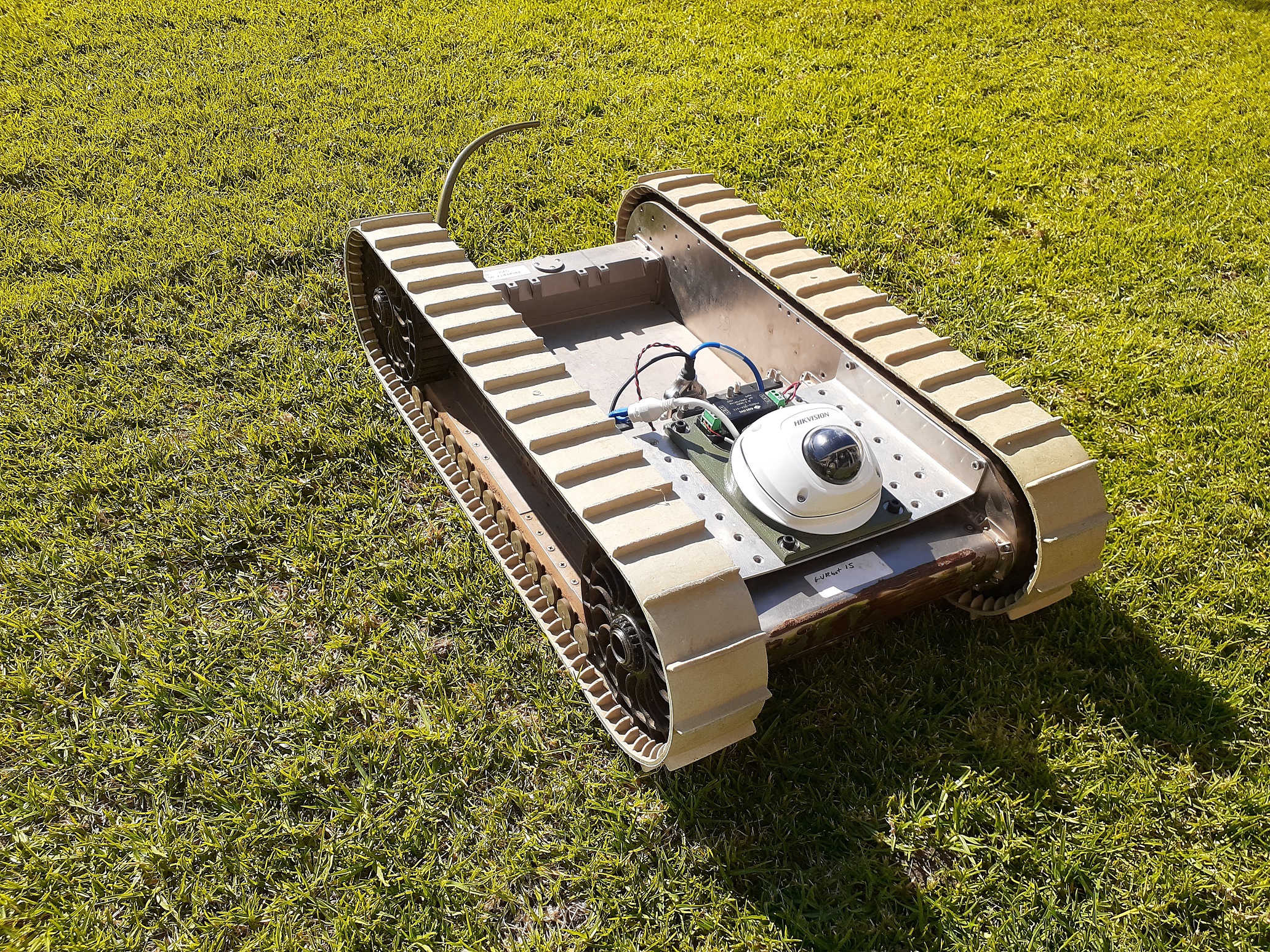Australian Scholars Develop Cyberattack Protection for Military Robots
Australian academics have developed an algorithm to protect unmanned military robots from “man-in-the-middle” (MitM) cyberattacks.
MitM attacks occur when an undetected threat blocks communication between assets, such as network capabilities or unmanned systems, in an effort to eavesdrop, steal data, or gain control over the targets.
For the project, experts from the University of South Australia and Charles Sturt University trained a robot’s operating system to learn the signature of a MitM eavesdropping cyberattack.
The algorithm incorporated deep learning neural networks, a technology that mimics how the human brain works.
It was then trialed on a US Army combat ground vehicle replica and yielded 99 percent success in preventing an MitM attack.
Guarding Systems Against Digital Attacks
University of South Australia Autonomous Systems Researcher Prof. Anthony Finn said that current robot operating systems of unmanned platforms are “extremely susceptible to data breaches and electronic hijacking” due to their network dependency.
“Robots work collaboratively, where sensors, actuators, and controllers need to communicate and exchange information with one another via cloud services,” Finn explained, adding that this makes them vulnerable to cyberattacks.
“The good news, however, is that the speed of computing doubles every couple of years, and it is now possible to develop and implement sophisticated AI algorithms to guard systems against digital attacks.”
Real-Time Cybersecurity
Charles Sturt University’s AI and Cyber Futures Institute’s Dr. Fendy Santoso highlighted additional benefits of cybersecurity for robot operating systems.
“Despite its tremendous benefits and widespread usage, the robot operating system largely ignores security issues in its coding scheme due to encrypted network traffic data and limited integrity-checking capability,” he said.
“Owing to the benefits of deep learning, our intrusion detection framework is robust and highly accurate. The system can handle large datasets suitable to safeguard large-scale and real-time data-driven systems such as ROS.”
The results of the research were published in the journal IEEE Xplore. Follow-up experiments will be conducted to evaluate the ROS algorithm in faster and more complex robotic platforms such as aerial drones.












